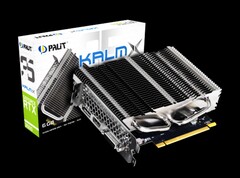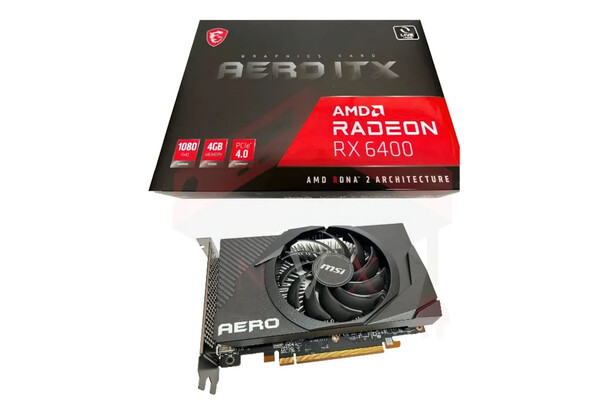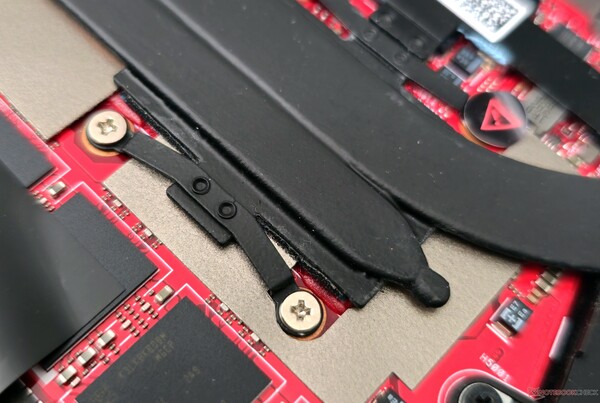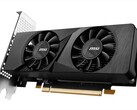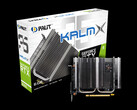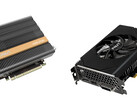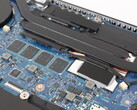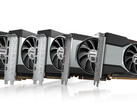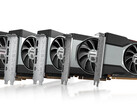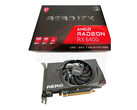Once upon a 2016, the GTX 1050 Ti released alongside the rest of the Pascal generation's product stack. It matched the performance of the last-generation GTX 960, managing to do so while running off of the 75 watts a PCI-e slot provided, a dramatically smaller power budget. Plus, its larger pool of vRAM would keep it relevant a great deal longer; long enough to be resurrected at the height of the recent chip shortages.
Once upon a 2024, the RTX 3050 6 GB released, three years and a full generation after its first Ampere siblings were hitting the market. It was a weaker version of the RTX 3050 8 GB that had itself lost to the last-generation RTX 2060, even before having its power target cut almost in half for the 6 GB version. Plus, it had two gigabytes of vRAM shaved off, as well as a drop in memory bandwidth that left it with less than the GTX 1060.
The difference between these two graphics cards is pretty stark. It's pretty evident that this end of the graphics market is no longer considered worth fighting for, and instead just gets dregs and offcuts, chips that didn't make the cut as higher-end parts. Even disregarding the RTX 3050 6 GB, the intervening products in the 75 W power envelope have made that point very clear.
The GTX 1650 fell short of the 1060 in both performance and memory, and was quickly eclipsed by both the more power-hungry 1650 Super (and RX 5500 XT from AMD). The RX 6400 – which, along with the 6500 XT, could be the subject of an article just on its own – suffered greatly from having a miserly four lanes of PCI-e interface and still only 4 GB of memory. And, for Intel's part, the Arc A380 had two more gigabytes of memory but traded away software stability and compatibility with older, pre-DirectX 12 games (you know, the kind that you would want to play on an entry-level system) in exchange.
The 75 W goal might sound a little arbitrary, a niche product segment, but the importance of slot-powered graphics cards can't be understated. GPUs that fit within that limit don't need external power connectors and can slot into existing systems "as-is", and this dramatically lowers the barrier to entry of PC gaming as a whole. Old office desktops sold on the cheap after enterprise leases run out are ripe targets for starter rigs or in markets that don't have strong availability for DIY parts, with the still-remarkably-capable i7-8700 getting old enough to be found in some systems. At least, they would be ripe targets, if the lack of 6- and 8-pin connectors on their power supplies didn't make them off-limits to every graphics card that drew more than 75 W of PCI-e slot power.
But there are already GPUs that sip that little power; there are already configurations of chips dramatically more powerful than anything listed above being sold and shipped.
They're just... all in laptops.
Of course, we would say that on Notebookcheck, but it's true. Nvidia's more modest 40-series mobile offerings seem to hit a performance cap at or below 100 W, and don't lose a great deal from dropping all the way to 80 W, or even below. Bringing the RTX 4050 to the desktop would match or beat the full-fat RTX 3050, and even the laptop version of the RTX 4060 works well in extremely power- and thermals-constrained packages like the ROG Flow X13 (a terrifically powerful notebook for its size, available on Amazon here). For the red team, the RX 6600S was supposed to fit into that same lower power level, and it still likely would've trounced the RTX 3050 6 GB – but unlike its larger sibling, the RX 6700S, it seemingly never materialised.
The easy, even lazy, counter to this idea might be that the chipmakers don't really care about such a low-cost segment. But in recent years, increasingly expensive midrange and high-end components have pushed consumers away from the PC space and towards consoles, shrinking the overall size of the market. Today's upgraded-OptiPlex starters might be tomorrow's RTX 4090 or RX 7900XTX enthusiasts – but not if they end up buying PlayStations instead.
Source(s)
Own




